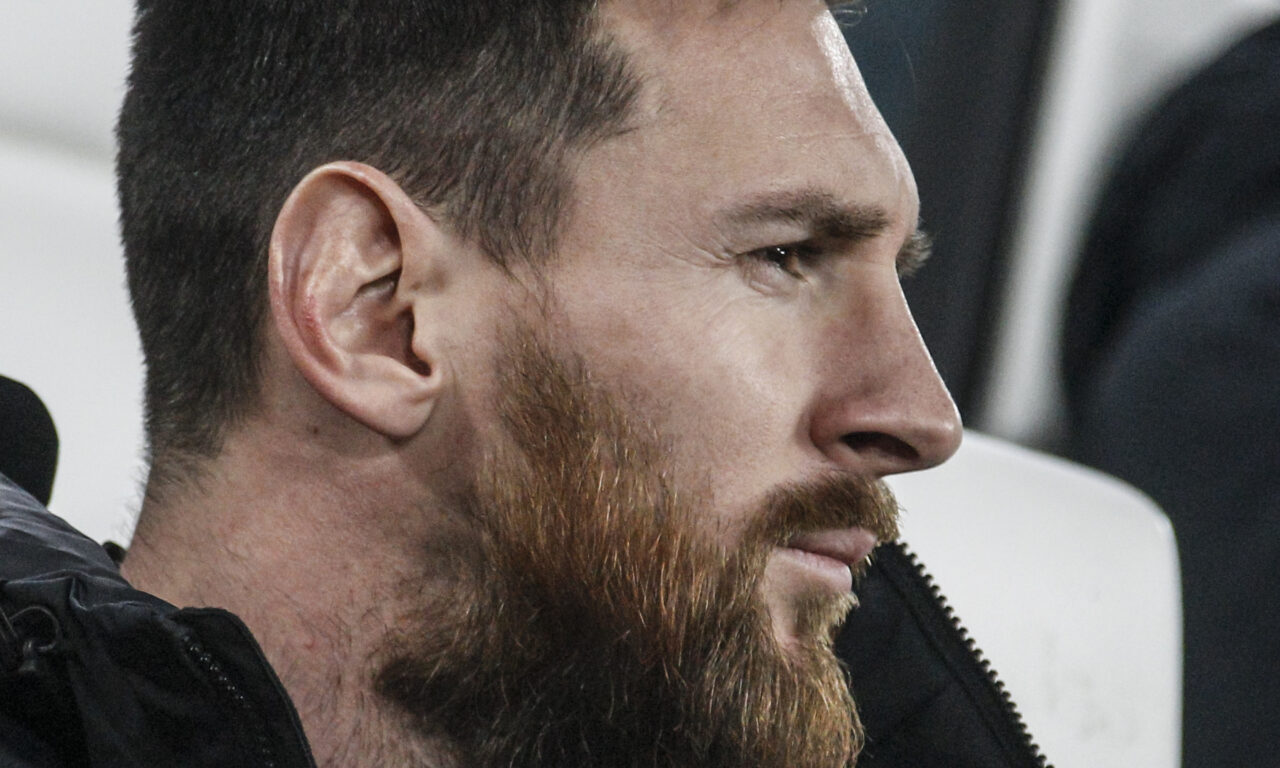How Messi’s MLS transfer will supercharge an already booming US soccer market

Following news that Lionel Messi will be joining Inter Miami in the MLS, we take a look at how this latest move will supercharge the US Soccer market's wider commercial expansion. We discuss what the unique US audience, the current sponsorship activity in the MLS, and a growing appetite for the women’s game has done to help the beautiful game reach North America culturally and commercially.
How did the MLS pull this off what does it mean?
At the dawn of a 10-year global media rights deal with Apple, an updated MLS Cup Playoffs model, and the proliferation of grassroots activity in the women’s game, US soccer is cementing itself as one of the most promising markets for sponsorship in the sporting world.
To this hotbed, Messi brings an army of 469 million Instagram followers and the potential engagement for a South American fanbase to Inter Miami and their 18,000-capacity stadium. Put simply: the Miami outfit need to expand to accomodate the best player of all time. That itself presents innumerable opportunities. Already, Forbes is reporting that the cheapest tickets on resale websites for Messi’s possible home debut in August are exchanging hands for more than $500.
The potential is there for this to be commercially monumental - it's exactly what the league needs to go to the next level. Below, we'll be discussing the wider movements that are helping shape the MLS for decades to come. The key: smart sponsorship activity and heavy investment.
Who are the audience?
Understanding the US soccer market audience is crucial to understanding the various ways in which the game and the business activity around it is swelling.
According to a report from Sports Innovation Lab and Jung von Matt Sports, “there are five critical fan personas in the US market: The National Team Fan, The Player, The Pop Culture Fan, The Parent, The Gamer.”
Importantly, “the most avid and engaged fan persona is the Pop Culture Fan.” It is unsurprising that TikTok have signed a multi-year deal with the MLS which includes the launching of ‘Club Creator Network’ and many more activations to engage this burgeoning demographic. The relative freshness of the group’s interest promotes engagement through social media channels and partnerships that promote digestible and exciting content. Since joining TikTok in 2020, MLS has amassed over 1.2 million followers, more than 256 million video views and 2.7 billion views featuring the MLS hashtag.
Within each of the fan personas in the US, there was substantial support for US-based leagues, quashing the presumption that Europe’s top five leagues dominate universally.
What is the current sponsorship activity?
When it comes to the men’s league sponsors, MLS signed several deals ahead of the new season, which started in February. They included a six-year extension with Adidas - official kit supplier of the league - for a staggering $830 million. The league has also furthered its relationship with German carmaker Audi and clinched a new agreement with RBC Wealth Management.
There has also been substantial activity within the individual teams, with health care and consumer product brands sharing the highest percentage of kit sponsors (24.1% each.) Interestingly, we see an emphasis on locally-relevant partnerships, with 19 of 29 kit sponsorships considered a direct part of the club’s local community. Each of the 2023 season’s five new MLS kit sponsors are part of those 19 whose company headquarters are a short drive from the club’s city.
When it comes to stadium crowds, the MLS audience is still well below the European average. That said, last year, Atlanta United had an average attendance of 47,116 at the Mercedes Benz Stadium. The remarkable 27-year stadium naming rights contract, signed in 2017 and worth $324 million, has proven its worth with an attendance that betters the likes of Chelsea across the Atlantic. While other MLS teams generally operate below their attendance capacity, Atlanta United have shown the potential of deep investment through sponsorship.
The growing women’s game in the US and why it matters
The women’s game in the US provides significant sponsorship opportunities because of its engaged and growing audience. According to Robert Zitzmann, Managing Director at Jung von Matt Sports, “Unlike anywhere else in the world, the investment and appetite for women’s soccer are profoundly validated by the United States market.”
At a more grassroots level, the women’s game is growing - suggesting a future of captivated audiences. The NCAA claims that women‘s soccer is the most expanded women‘s sport program in US higher education, having expanded 1,409% between 1982 (when the NCAA held its first women‘s soccer championship) and 2020-21.
True, the women’s game is also growing in Europe, as evidenced by a recent report from DAZN, which showed that 77% of clubs experienced an increase in sponsor interest following its free coverage of the Women's Champions League on YouTube. Nevertheless, there is more fan interest in women’s soccer in the United States than anywhere else in the world, derived from a diverse pool of fans across all genders and generations. In terms of population identity, 51% female fans, 49% male fans, compared to the global figure of 63% male fans. To read more about why you should be looking at sponsoring women's sport, click here.
If DAZN can prove a significant engagement for the less concentrated European market, time itself will prove why companies like Deloitte continue their partnerships within the dense US market. Google recently became head sponsor of the Women’s German National Football Team to increase visibility of women’s sport. Fellow giants Amazon, within the same week, penned a Multi-year deal with UEFA that covers Women’s Euro 2025, the Women’s Champions League and Women’s Finalissima. The trend is clear. It’s time to invest in the women’s game, so why not invest where the audience is at its most receptive?









